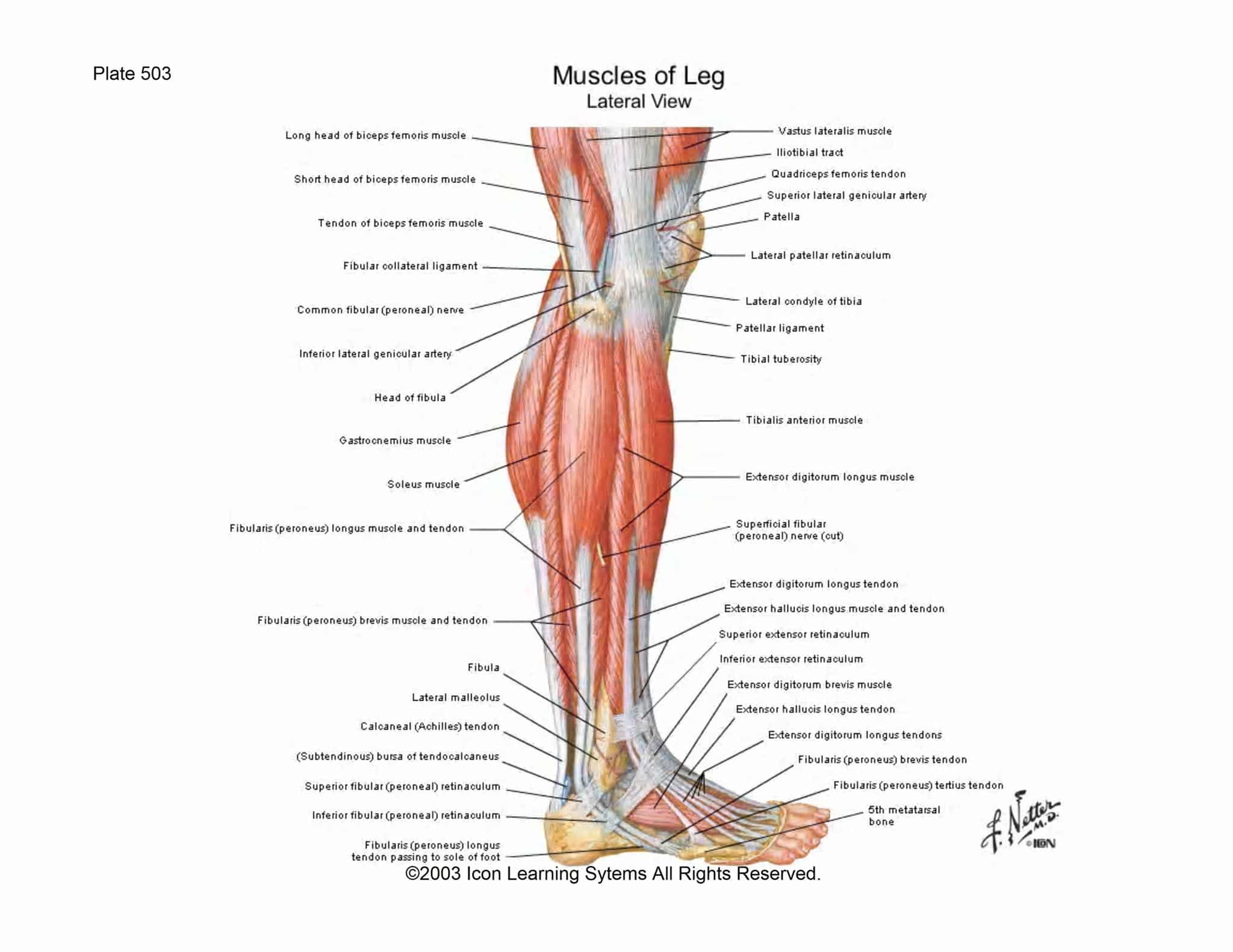Over the past few months, I have been working diligently toward lotus pose. This has led me to some very stark realizations about how the knees need to be protected while opening the hips, at least for those of us with tight hips. This is an anatomy article geared at learning how to appropriately safely stretch with the ligaments of the knees, and how the opening of your hips is largely affected by your feet.
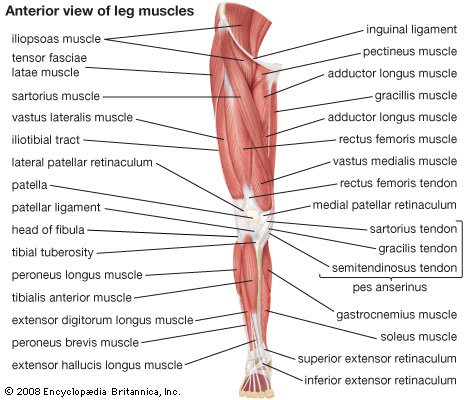
We can start with an overview of the anatomy of the outside of the leg. Lets start at the bottom and work our way up.
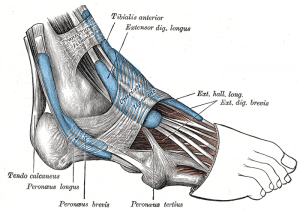
There are a few major tendons in the ankle that need to be protected while opening the hip. If these tendons are not flexed during the stretching of the hips, stress will accumulate in the lateral portion of the knee, specifically in the lateral meniscus and the lateral collateral ligament.
Now we know the basic ligaments of the ankle and the outside of the knee that are being affected. Now let’s talk about the fibula, one of the most slender bones in the body.
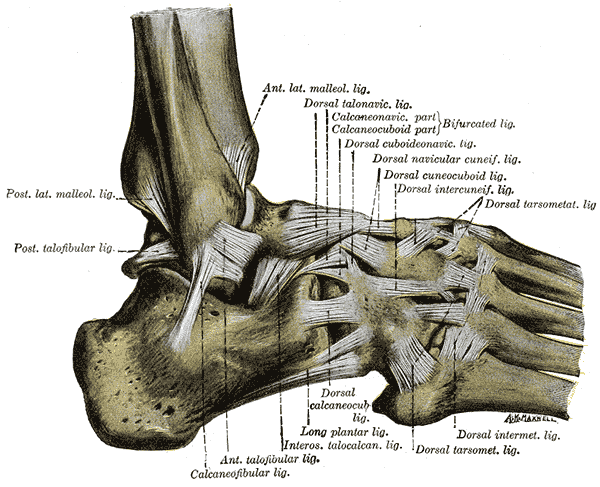
There is a tremendous amount of connective ligamentation on the outsides of the ankles, especially back towards the calcaneus where there are three ligaments to stabilize the ankle on the heel. The heel is a crucial point of stress when the hip is being opened and right on the lateral portion, or outside of the heel is where the most important flexion lies for the opening of the hips. This activation, which should continue up through the plantar and dorsal ligaments to the pinky toe of the foot. This will keep the ankle safe and properly aligned to allow the hip to open while the knee opens laterally.
Once the fibula is aligned properly, the outer knee ligaments and inner cushions can do their job and keep the interior knee ligaments from over stretching. You can see a great view of the knee’s mixture of interior and exterior ligamentation, which in reality overlap and interweave.
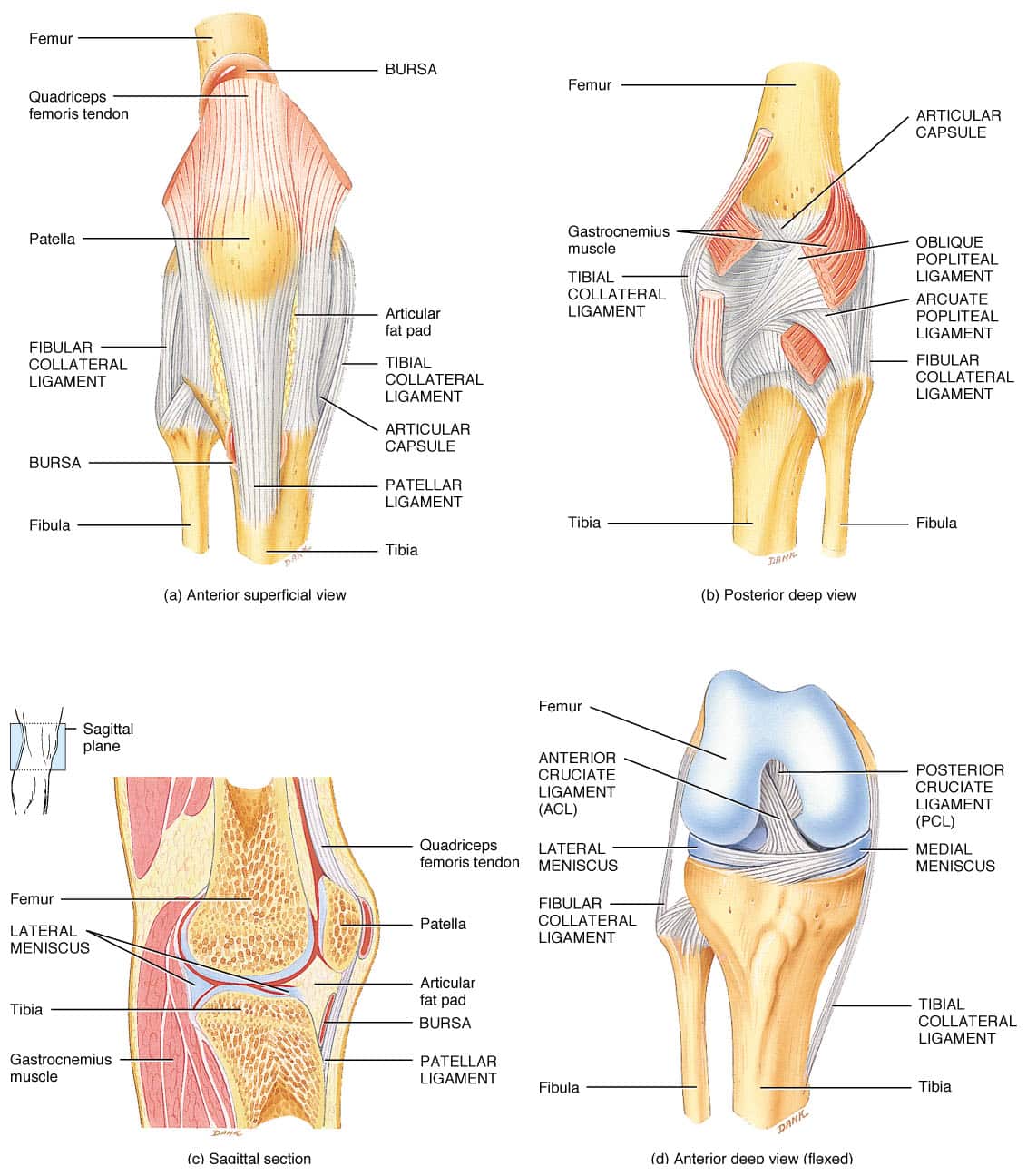
The fibular collateral ligament is the most important ligament on the outside of the knee and is a thin sheath. This is the ligament that you really want to keep safe and relaxed while stretching the hip, which will ensure that the meniscus is not over-stressed. If it is, the ACL and PCL, the interior crossing ligaments of the knee could be overextended. Also keep in mind the moving the stretch further back into the hip will take time, so be patient with your bodies process. After all, yoga is all process, there is no completed pose or perfect posture. There are always possible improvements, different variations, alternate alignments.
Let’s move up into the thigh, and where you should be feeling the stretch. The IT band is a completely necessary activation, but it is really controlled by the flexion of the outer portion of the foot.

You can see here the muscles that should be receiving the stretch while the hips are externally rotated. The gluteus minimus, piriformis, gemellus muscles, obturator muscles, adductors, and quadratus femoris muscles. The medial gluteus also twists and stretches fairly significantly. There are also a lot of muscles at the front of the thighs that are receiving significant stress from the hip opening postures.
The Satorius muscle, Vastus Lateralis, and Tensor Fascia Latae stabilize the outsides of the knee. The pectineus and adductor longus muscles, adductor magnus, and gracilis muscles.
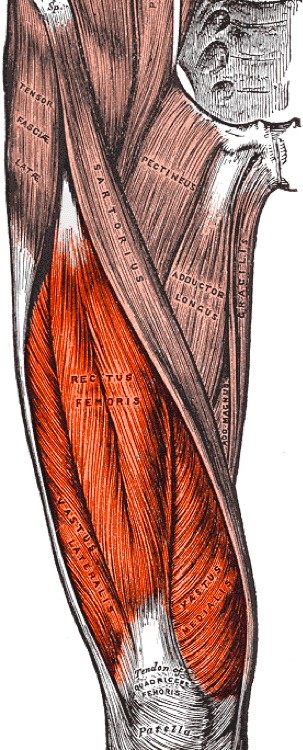
Armed with this information, you can now see how the foot and ankle have intricate connections all the way up the leg. Keeping the knee stable while opening the hip will allow you to practice more often, with less stress on our knees, something that I think we could all use a little bit less of. In addition, this article should allow you to know how the muscles that open your hip are stretched during external rotation. Any questions are greatly appreciated.

